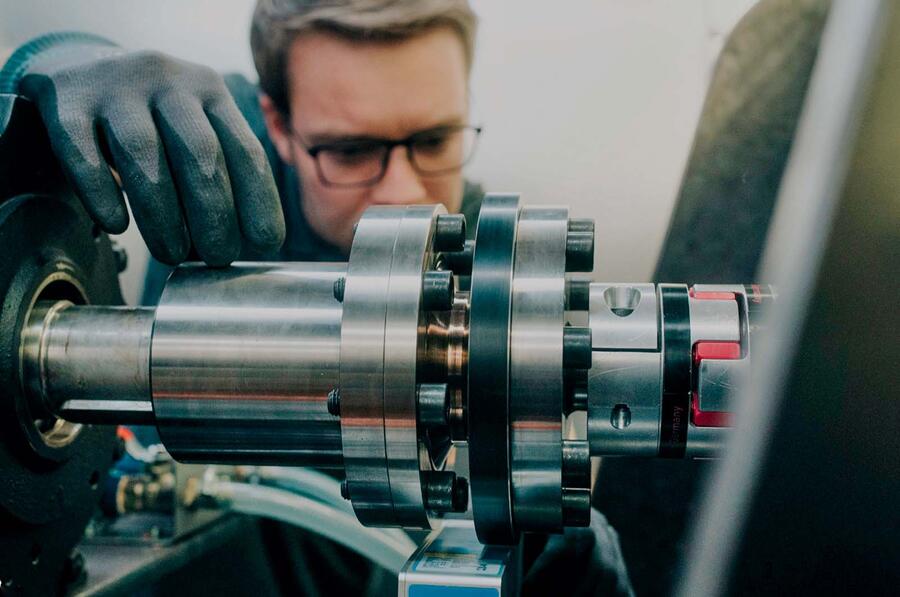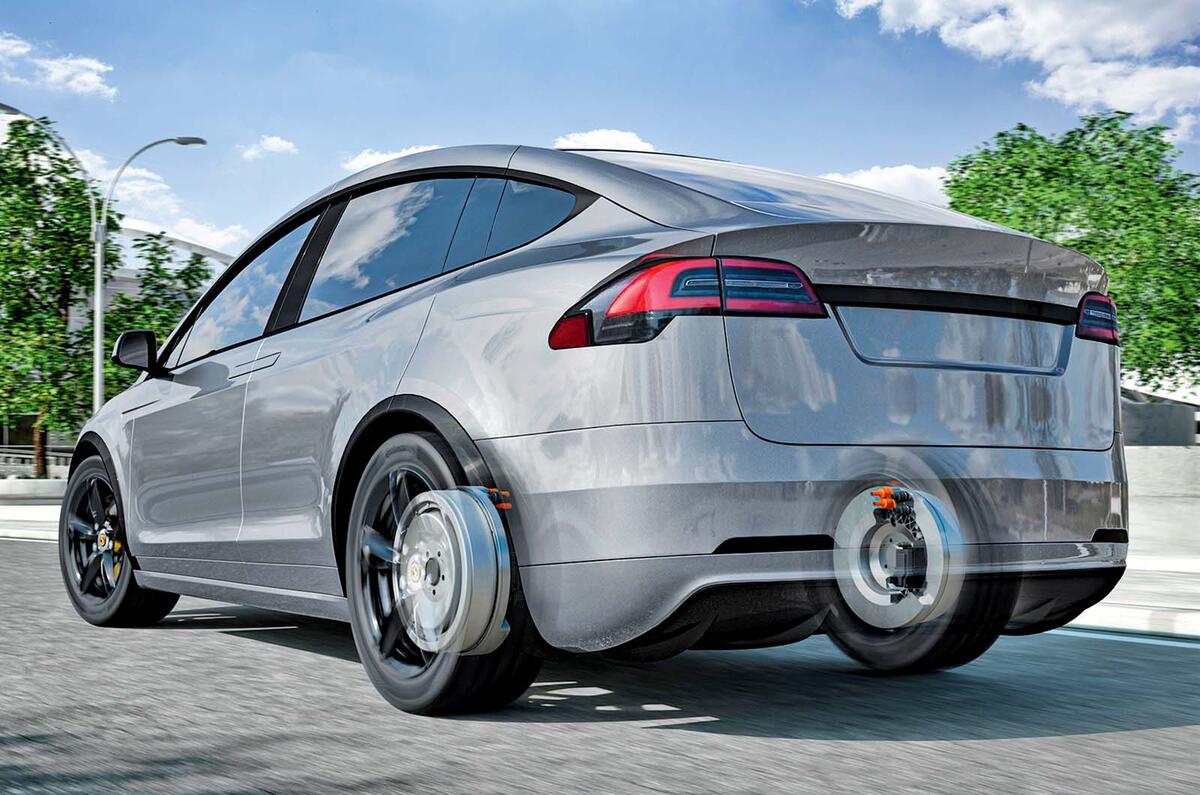Work is progressing on a new electric car motor concept that promises to extend the range of EVs without relying so much on larger batteries.
In December 2023, we looked at how German start-up Deepdrive and components supplier and tyre maker Continental were creating a revolutionary dual-rotor hub motor combined with an equally advanced ‘dry’ integrated electric drum brake.
BMW recently announced that it had been working with Deepdrive since 2021 through its venture client programme, BMW Startup Garage, and was poised to test the new tech.
The Deepdrive motor is a radial flux type. Normally that would mean it has a rotor either inside or outside of the stator, but in this case there are two rotors, one revolving inside the stator and the other outside it.
It’s one of those ideas that seems glaringly obvious, and although Deepdrive doesn’t claim that it’s a completely new concept, it does claim to be the first company to overcome the manufacturing difficulties associated with it.
It’s essentially two motors combined into one, resulting in stronger torque and greater torque density (this means the ratio of torque to the weight and size of the motor is greater than that of a conventional single-rotor motor design).
The tech is also claimed to be more efficient, because of the greater torque density and fewer system losses. It’s being developed both in central drive units for use in conventional EV drivetrains and as in-wheel motors.

Significantly, the new tech addresses a potential drawback of in-wheel motors: that of increased unsprung weight. Deepdrive says the lighter weight of the dual-rotor tech significantly reduces the problem.
Added to that, the high power density allows rear brakes to be reduced in size or even be rendered completely unnecessary. As a result, says Deepdrive, total unsprung masses aren’t necessarily increased compared with a regular front-wheel-drive car.
Another benefit of in-wheel motors is that they’re direct drive, meaning they don’t need a transmission – something that creates friction losses and drag losses from the lubricant.
In-wheel versions of the Deepdrive motor have their own integrated silicon-carbide inverters, too, potentially making the installation of the drive unit, whether alone or with an integrated brake, a simple ‘plug-and-play’ affair.
The central drive unit configuration is claimed to be compatible with all existing EV platforms and could quickly be brought to market in existing models.
But arguably the tech’s biggest strength lies in the lighter weight and increased efficiency, which means an EV could travel farther without increasing the size and consequently the cost of the battery.






Join the debate
Add your comment
The idea as presented in this article sounds promising. That said, my experience from 40 plus years of driving is that wheels and tires are the parts of a vehicle that endure the most abuse and receive the most damage during their lifetime, doesn't sound like the place I would want what is in effect my engine and transmission?
That's an interesting point, but hopefully not a deal breaker. I do wonder whether the wheel assembly could just become a consumable item, replaced every (say) 50k miles. Wheels could become a standard replaceable/recyclable item over multiple cars and makes. If you want to get more power you just swap the wheels or make it 4-wheel-drive. Ditto the battery. So you can make a car up from wheels, battery, and chassis. Upgrade or downgrade as you see fit.